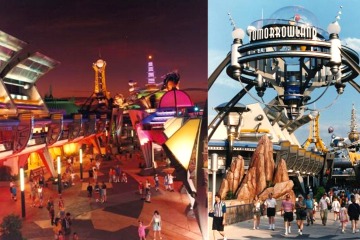Bamako: The Heart of Mali and Its Growing Importance

Introduction
Bamako, the capital city of Mali, holds a critical position not only as the political hub of the nation but also as a cultural and economic centre of West Africa. With a population of over 2 million, Bamako is experiencing rapid urbanisation and development, making it a focal point for discussions on regional growth and stability.
The Political and Economic Landscape
As the epicentre of Mali’s government, Bamako is home to key institutions including the Presidential Palace and the National Assembly. Recent years have seen the government navigating through political turbulence, particularly following the coup in 2020. Efforts are ongoing to restore democratic governance and stability, which are crucial for the city’s prosperity and the country’s future.
Economically, Bamako serves as a marketplace for trade and commerce in Mali. The city’s strategic location along the Niger River has historically facilitated trade, and modern initiatives are aiming to enhance infrastructure, with road improvements and upgraded public transport systems in progress. The growth of sectors such as agriculture, telecommunication, and services offers significant employment opportunities, further contributing to regional development.
Cultural Significance
Bamako is not only the political nucleus of Mali but also a melting pot of cultures, reflecting the diverse ethnicities that inhabit the region. Festivals, art exhibitions, and music concerts dominate the cultural scene, with events such as the Bamako Festival of Arts and Culture (FESTIM) drawing international attention. Tours of its historic sites, including the National Museum of Mali and the bustling markets, highlight the city’s rich heritage and vibrant community life.
Current Challenges and Future Prospects
Despite its growth, Bamako faces significant challenges, including urbanisation-related issues, inadequate infrastructure, and socio-economic inequalities. Increased migration from rural areas has put pressure on city resources, leading to irregular housing and unemployment. Nevertheless, international organisations and government initiatives aim to address these issues through various development programmes focused on sustainable urban planning and economic resilience.
Conclusion
Looking ahead, Bamako’s development trajectory will be closely linked to Mali’s political stability and economic growth. As the city evolves, it presents both opportunities and challenges for its inhabitants and the wider West African region. For readers interested in African development, Bamako exemplifies the dynamic changes occurring across the continent. The city’s resilience and the government’s commitment to addressing its challenges will be crucial as it aims to improve the quality of life for its residents while maintaining its cultural richness.









